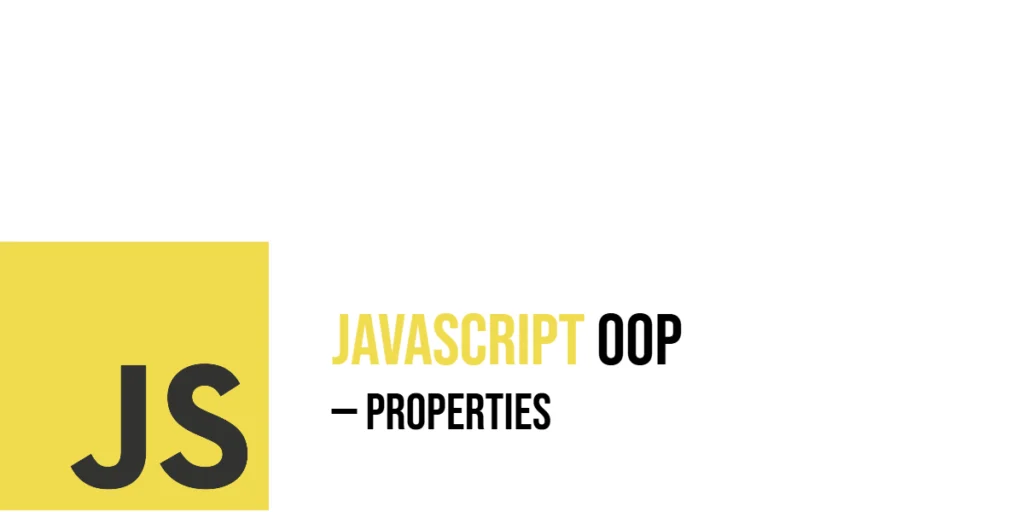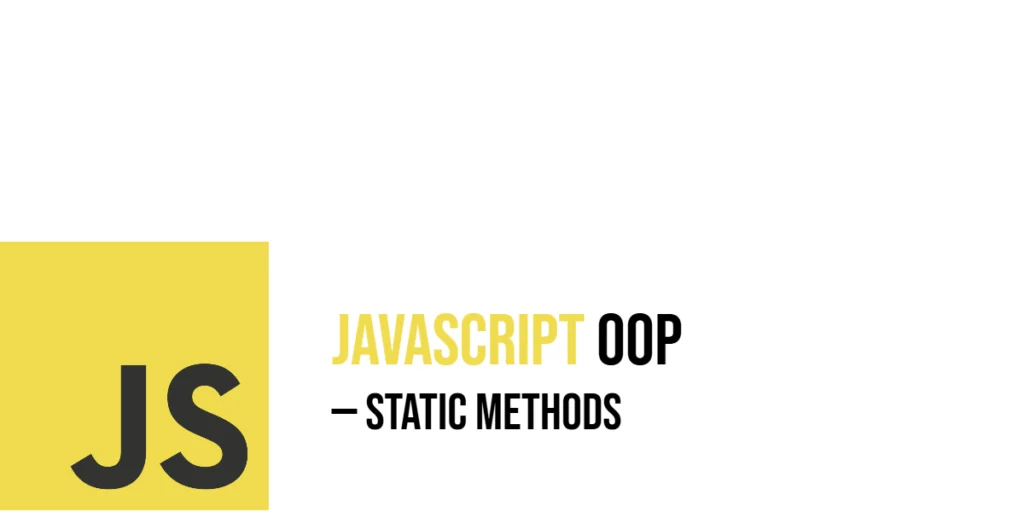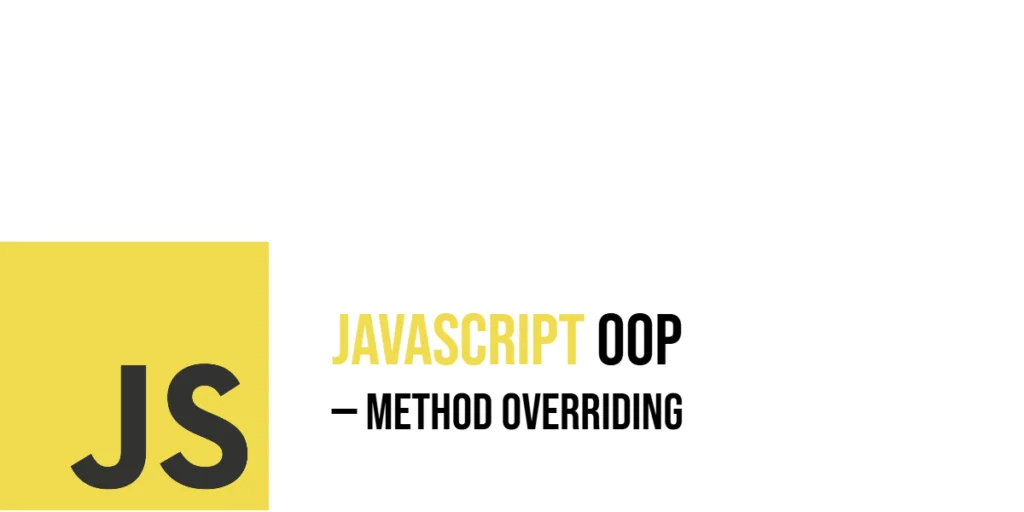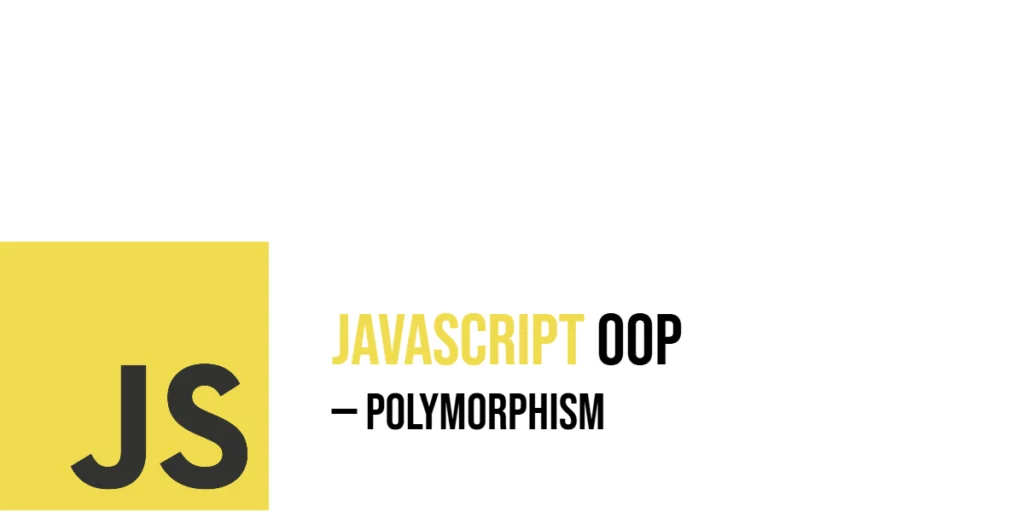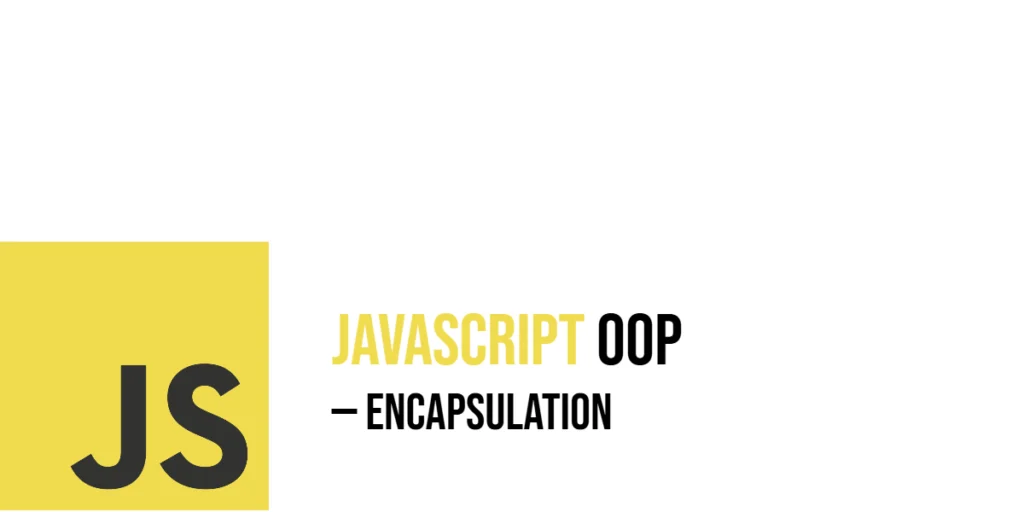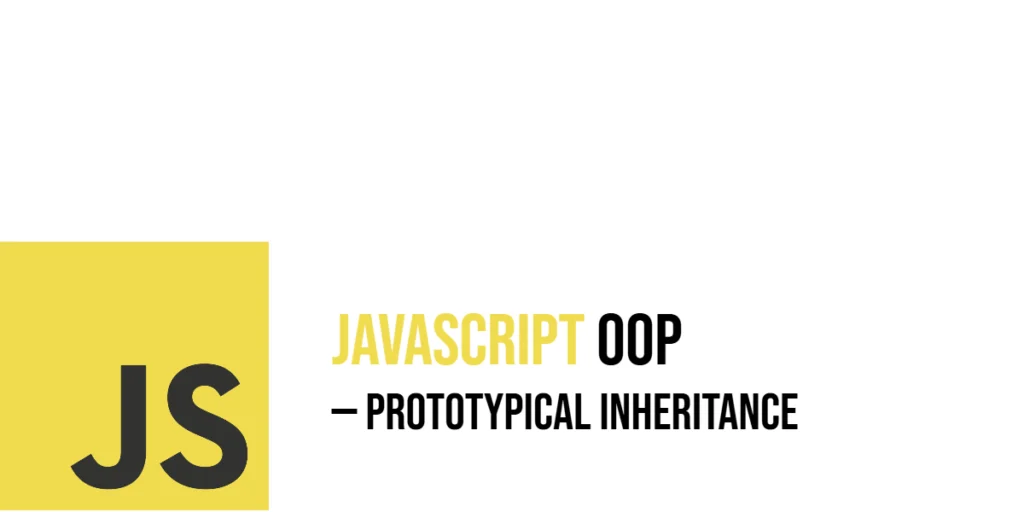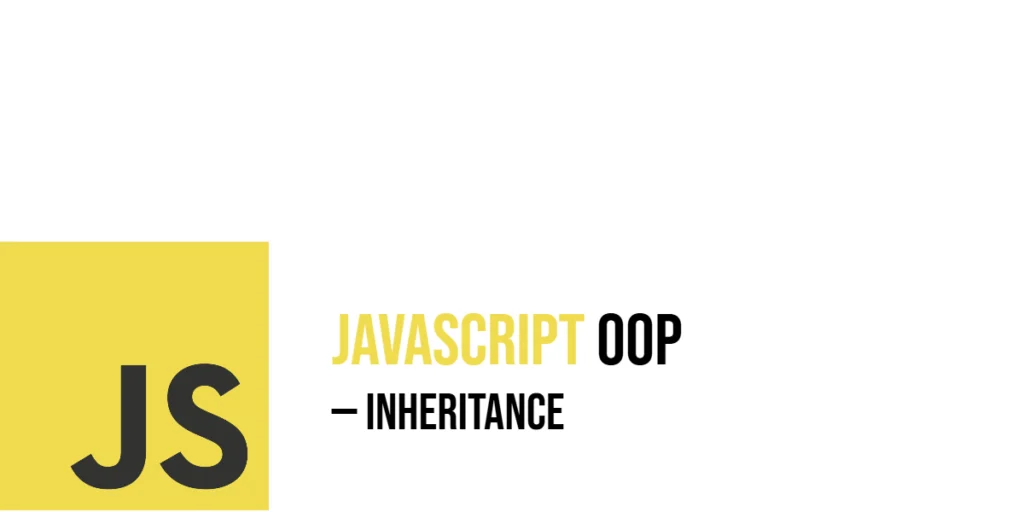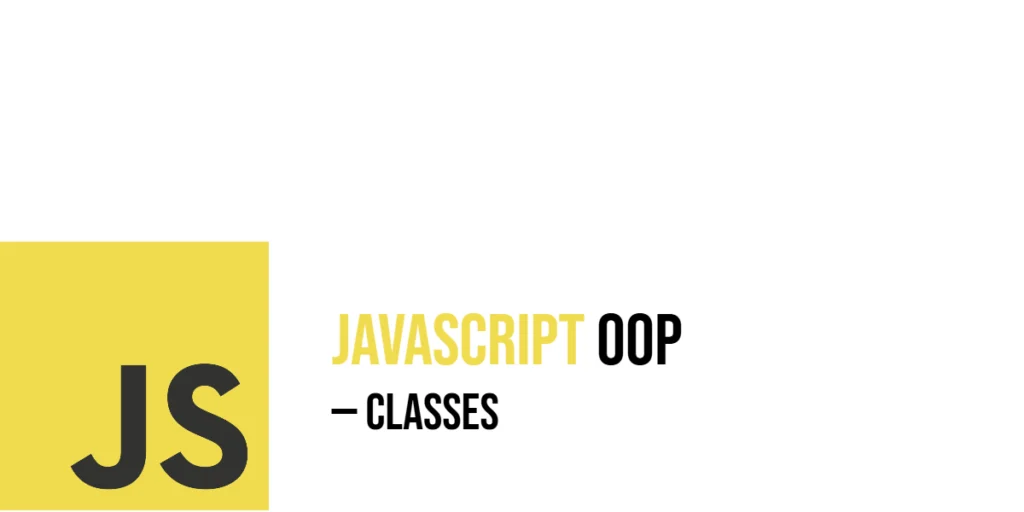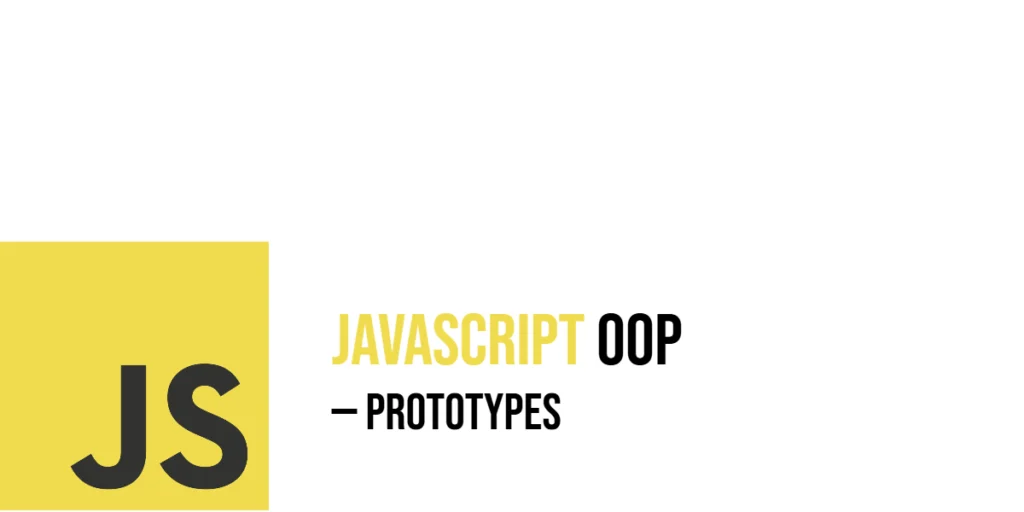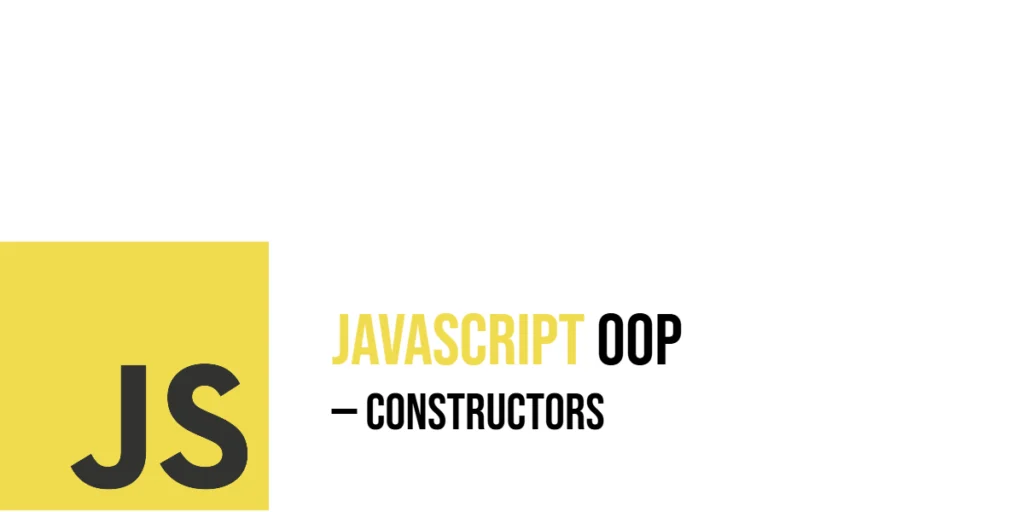JavaScript Object-Oriented Programming: Properties
Understanding properties in JavaScript object-oriented programming is key to creating rich and meaningful objects. Properties represent the data or state associated with an object or a class. Simply put, if a JavaScript object were a character in a story, its properties would describe who it is — its name, age, color, or any attribute that […]
JavaScript Object-Oriented Programming: Properties Read More »
